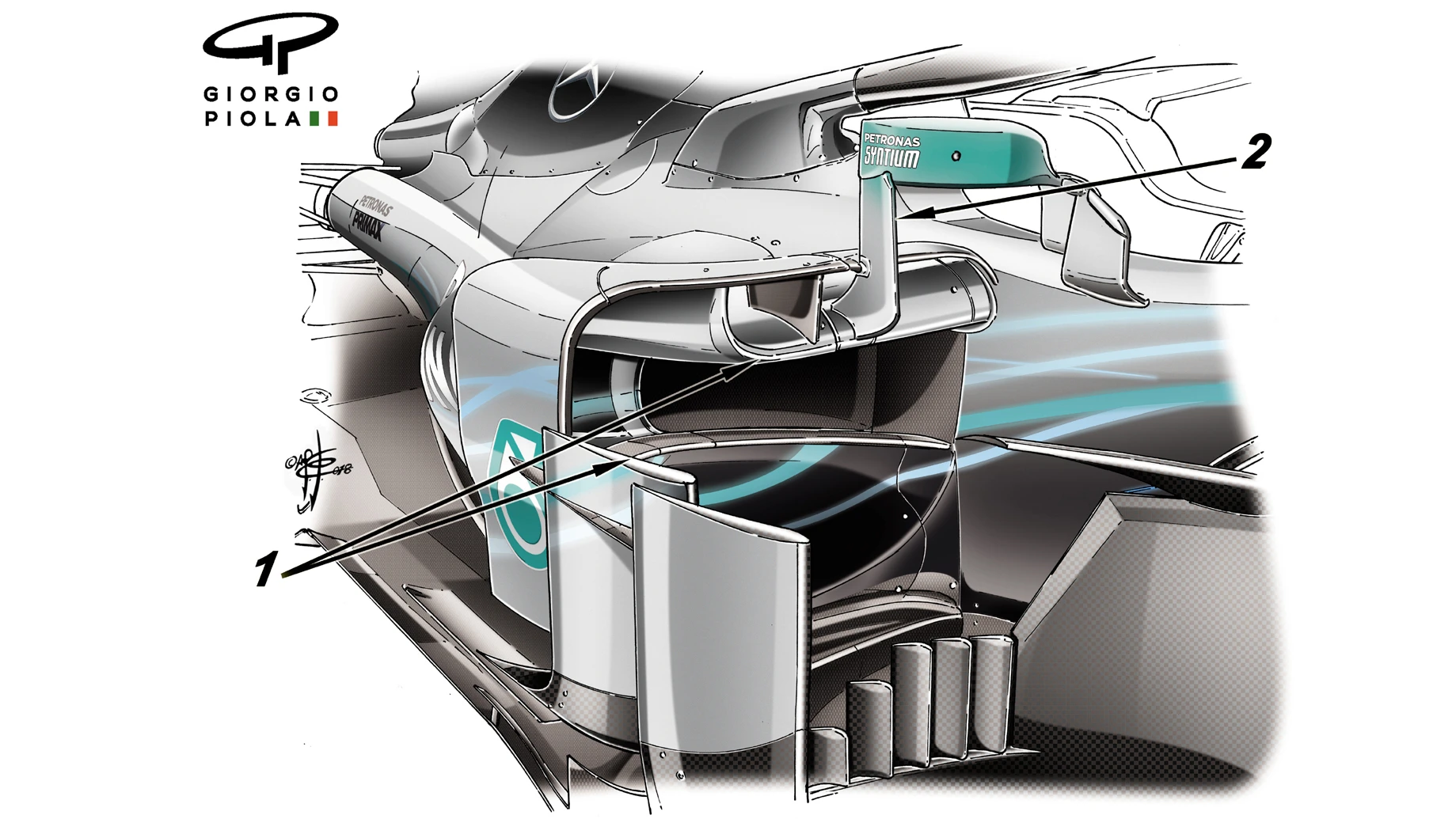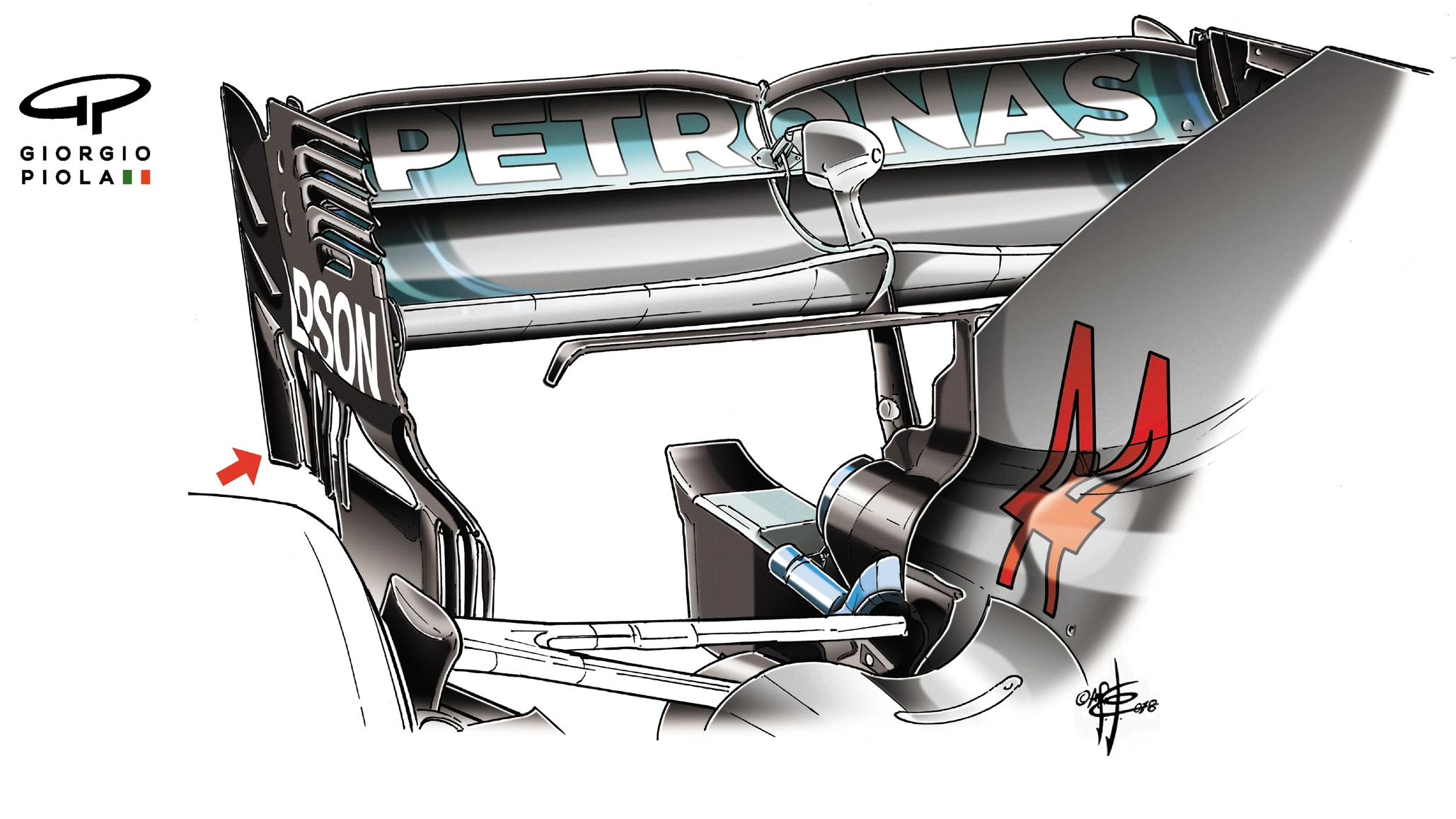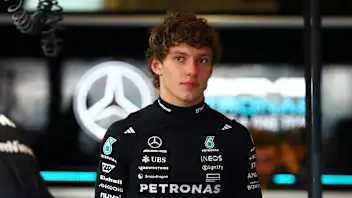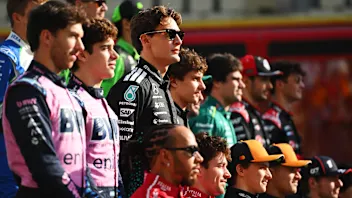Mercedes’ Austrian weekend may have ended in disaster, but it began with them sending shockwaves through the paddock, thanks to an extensive car upgrade package which, somewhat ironically, moves them towards Ferrari’s design philosophy. Mark Hughes and Giorgio Piola take a closer look…
The big technical story of the Austrian Grand Prix weekend may well have big reverberations on the championship. That was the impression given by the performance of the heavily-revised Mercedes W09. Even around the track with the shortest lap time of the season, Valtteri Bottas’ pole time at the Red Bull Ring was an impressive 0.3s clear of the best non-Silver Arrows...
Sidepods given a new look
So, what was behind this apparently dramatic performance step? One look at the W09’s pared-back sidepods tells the most important part of the story. The radiator inlets have been slimmed down, allowing a big chunk of upper outboard sidepod to be pared back, even to the extent of partly exposing the side impact beams.
This in turn allows the bargeboard footplate ahead of the sidepods a much less bluff transition from narrow to wide in accommodating the sidepod. The combined effect of opening out some ‘real estate’ in this highly aerodynamically sensitive area – together with an accompanying change in the flow diverter ahead of the pods - will be to increase the speed of the external airflow down the side of the car, past the ‘coke bottle’ section and back towards the gap between the rear wheel and diffuser.
Getting the air that is travelling around and over the sidepods channelled through that little gap at the rear as precisely and fast-moving as possible is one of the absolute key endeavours of the F1 aerodynamicist. As the air exits that gap it merges with the airflow coming through the diffuser from the underfloor.

The faster the sidepod airflow exits the gap, the less it will impede the air exiting the diffuser, thereby increasing the speed of the flow through the underfloor and creating yet more downforce. This is why minimising the size and disruption caused by the sidepods is so absolutely crucial.
Ferrari innovated a then-unique solution to this last year with their highly influential SF70H design, whereby the sidepods were moved behind the side impact structure rather than incorporating it. Most 2018 cars have copied this arrangement, but not Mercedes - they have retained a standard layout.
The latest Mercedes sidepod changes stop short of adopting the Ferrari-style geometry, which would have necessitated lowering the upper side impact bars, which in turn would have required changes to the shape of the monocoque. But what they have done whilst retaining the previous position of the bars moves it towards the Ferrari philosophy.
The gentler transition of the bargeboard footplate will likely also create less drag. So the combined effect of the whole change could even be more downforce and less drag, a rarely-achieved holy grail for an F1 aerodynamicist - usually extra downforce comes at the expense of extra drag.
Alongside revised sidepods, Mercedes also introduced a new wing mirror arrangement, with a twisted support vane that helps further refine the airflow down and over the pods.
Upgrades deliver better balance and more grip

And at the rear of the W09, the new rear wing endplate features McLaren-like overhanging strakes in the transition from the full-width upper part of the wing to the waisted lower part. It is believed these strakes break up the wake from the rotating tyres to reduce its disturbance on the functioning of the outer part of the wing.
Bottas loved how much more stable the W09’s rear end felt as soon as he tried it during Friday morning practice. In fact, initially the rear of the car was probably working too well as he and reiging world champion Lewis Hamilton worked at tuning out an understeer balance. This was finally achieved with changes to the set-up made overnight into Saturday, giving them both a car with superb balance – and significantly more grip.
Austria may not have worked out well for Mercedes. But together with the engine upgrade made the previous week for the French Grand Prix, their aero update poses the question of whether they have now pulled clear of Ferrari and Red Bull in the development war or whether their rivals still have enough development ammunition to come back at the silver cars.
Meanwhile, in France, Red Bull made a change to their diffuser, which was carried through to Austria. It features a more gently profiled central tunnel, less angular than before, suggesting the team is looking for a more consistent downforce over a bigger range of attitudes and ride heights.
To take advantage though, they'll need to sure up reliability...
Next Up
Related Articles
.webp) Where are all of Red Bull’s F1 graduates now?
Where are all of Red Bull’s F1 graduates now? Antonelli picks standout moments from rookie season
Antonelli picks standout moments from rookie season VOTE: Who has the best driver line-up for 2026?
VOTE: Who has the best driver line-up for 2026? BarrettoLawrence Barretto’s 5 bold predictions for 2026
BarrettoLawrence Barretto’s 5 bold predictions for 2026/16x9%20single%20image%20(3).webp) Exclusive‘I'm used to being thrown in the deep end’ – Lindblad
Exclusive‘I'm used to being thrown in the deep end’ – Lindblad.webp) 7 things to be excited for in the 2026 F1 season
7 things to be excited for in the 2026 F1 season